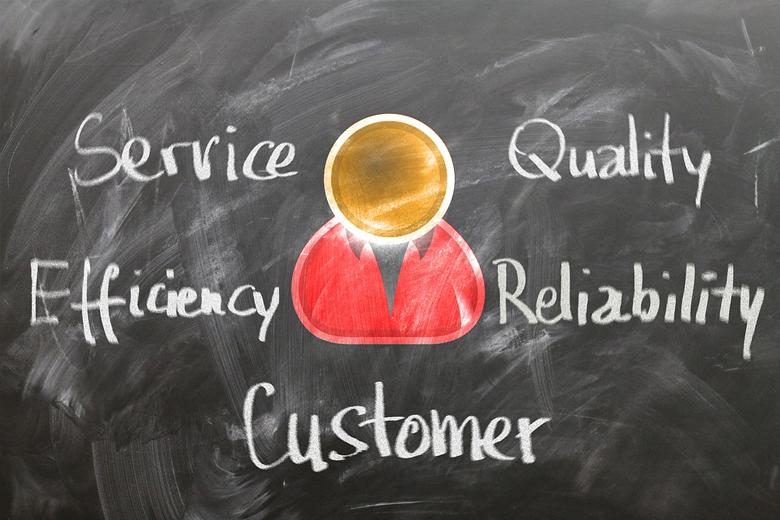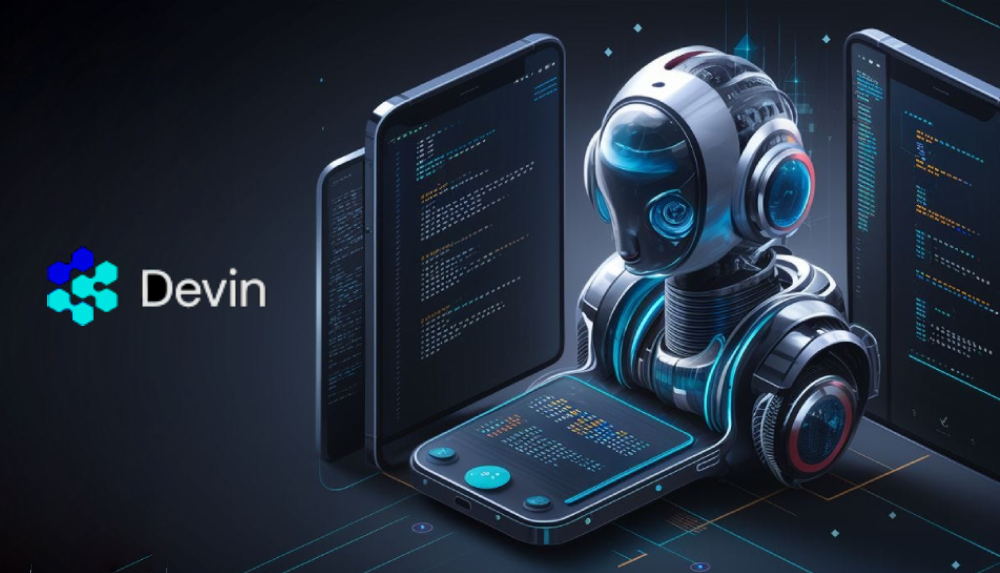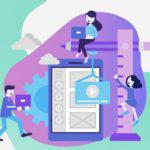Customer Journey Mapping in Ecommerce Websites
Whether you’ve been in the ecommerce business for a while, or you’re just starting out, there’s no denying the importance of a well-thought-out customer journey map.
The global ecommerce market size is experiencing exponential growth, and it’s expected that it will reach $4.88 trillion by 2021. So, in short, you’re dealing with a sizeable competition, and you need to do all you can to stay ahead of the curve.
This means analyzing and predicting your customers’ goals and expectations and identifying their major problems and pain points. To do that, you need to invest your time and effort into detailed customer journey mapping. This will allow you to experience your business from your customers’ perspective, and find out why your loyal customers are staying loyal, and why you’re losing your qualified leads.
There are five major stages that your customers go through with your business, so let’s dive deeper into them and see the most important touchpoints in each stage.
1. Awareness
This is a more passive stage on your consumers’ part and a very active stage on your part. It’s the very first stage during which your consumers become aware of your brand and your products/services.
Your responsibility here is to inform your potential customers that you have the products that they’re searching for. Your most important touchpoints here will be ads, blog posts, newsletters, and the like.
Social media marketing should be your best friend. Since, at this point, you don’t need to segment the different types of consumers, you should develop an omnichannel approach and expand your reach across different platforms.
Today’s social media users have developed the so-called banner blindness, where they ignore banner-like ads, intentionally or not. While you can still reach some audiences through these types of ads, you should invest more of your effort into creating valuable content that is interactive and engaging.
This can be in the form of tutorial blog posts, social media quizzes, online contests, etc.
2. Consideration
At this stage, your consumer is planning to make a purchase, so they’re looking into all of their options. By now, your consumer should be well-aware of your brand, and you should keep them informed about your specific products.
You’ll want to promote the characteristics and strengths of your products and keep the customers in the loop, give them a reason why they should choose your brand instead of the competition. Direct messages can encourage them to purchase your products, but perhaps the best way to appeal to them is through influencer marketing.
Influencer marketing is a growing trend because it can significantly increase a company’s revenue. Over 22% of customers aged 18 to 34 will make a large purchase after an influencer has endorsed a product.
The next step is ensuring that your landing page is appealing, informative, and easy to navigate. Your customers should find your product pages easily, and get adequate descriptions of each and every product listed. While you want the descriptions to be favorable, don’t forget that transparency is key, so stay honest.
3. Acquisition

Generally considered the most important part of your customer journey, the acquisition stage is when your customer decides to purchase your product, and begins the process.
You have to ensure that the whole ordeal is smooth and seamless, from start to finish. Otherwise, you risk losing a valuable customer. This is a very sensitive stage, as it’s easy for your customers to give up on a purchase because of a complicated login and registration process, incomplete information about your return policy, confusing payment methods, and more.
You want to keep everything as simple and as straightforward as possible. Refrain from using long forms that need to be filled in, make the shopping cart easy to manipulate, and offer support to your customers. Offering either a live chat option or chatbots can be of great assistance to all customers.
Make sure that your ecommerce website’s loading speed is good, and that the payment processing software isn’t lagging. Since your customer has already made a decision to do business with you, you don’t want to make it hard for them to do so.
If you have an ecommerce app, make sure that it’s easy to use and that your customers can pay through the app.
Once the purchase has been made, provide them with a clear order confirmation, send a thank you email and the bill, and keep them informed with delivery notes.
4. Service

Just because the customer has bought your product doesn’t mean you’re done with the customer journey mapping. You need to have an excellent post-purchase service.
Customer retention leads to a greater ROI, as the probability of selling to an existing customer is 60% to 70%, as opposed to the 5% to 20% probability of selling to a new one.
You need to show your customers that you still care about them after they’ve made a purchase. If they’re not satisfied with the product, you have to ensure a great return policy that makes it easy to exchange the items.
Provide an excellent customer service that can address any issues your customers may be encountering, and send them follow-up emails and surveys to ensure that your product meets their expectations.
5. Loyalty
The final step is customer loyalty. If you’ve properly nurtured the relationship with your customers through the whole customer journey, you’ll end up with loyal return customers.
This will greatly affect your brand reputation and will help you reach a wider audience. Simple word-of-mouth marketing can have a huge impact on your bottom line.
Send your loyal customers newsletters to keep them up-to-date with your brand, and ask for evaluations and reviews.
91% of people read online reviews before contacting a business, so encourage your loyal customers to share their experiences with your brand.
The Bottom Line
Customer journey mapping is a daunting task, but it’s well worth it. You’ll ensure that you can support and encourage your customers every step of the way, from the awareness stage to the loyalty stage. It will be easier for you to analyze your business processes and focus on self-improvement.











